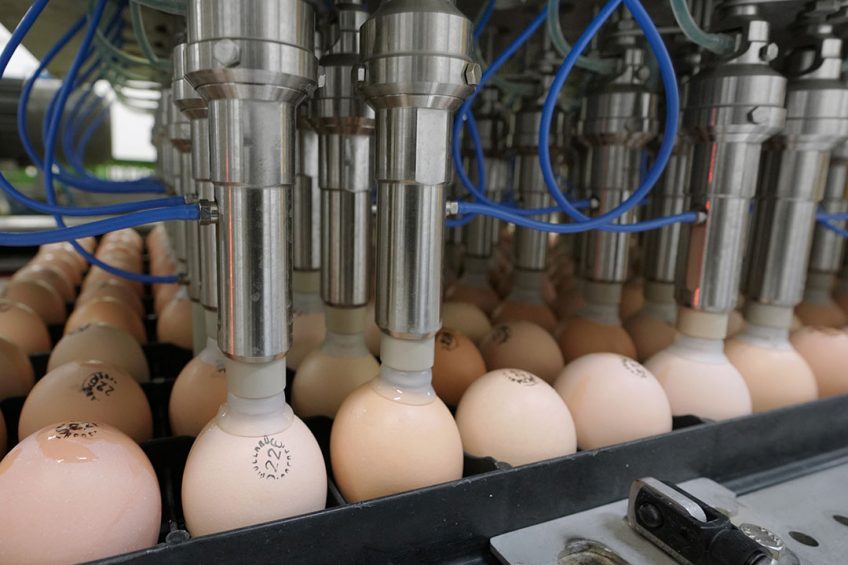Tackling Campylobacter jejuni is difficult

Belgian research looked into the possibility of in ovo vaccination of broilers against Campylobacter jejuni using a bacterin and subunit vaccine. Sufficient protection was not found.
Campylobacter jejuni originating from poultry meat has been one of the most important causes of foodborne human bacterial gastroenteritis in the European Union since 2005.
Apart from biosecurity measures, there are few options available for controlling Campylobacter infection in poultry. Although immunisation offers a promising method, no vaccine has yet been commercialised. Previously, a bacterin mix of 13 heterologeous Campylobacter strains and a subunit vaccine of six conserved, immunodominant Campylobacter antigens, induced a high and prolonged immune response in layer hens and reduced Campylobacter jejuni colonisation of broilers when applied through passive immunisation. This method needed an in-feed application of antibodies obtained from the egg yolks of immunised hens. The use of fresh yolks and this method of administration are impractical to apply in the industry setting. Therefore other administration methods need to be investigated. In ovo vaccination is a safe and user-friendly method that has already been approved for Marek’s disease, infectious bursal disease and Newcastle disease.
Also read: New Zealand targets 20% decline in Campylobacter by 2025
New Zealand aims to reduce foodborne Campylobacter infections by 20% by 2025.
Earlier study not promising
In ovo vaccination against Campylobacter had previously been studied with a heat killed C. jejuni isolate and with a recombinant flagellin-based subunit vaccine with intrinsic adjuvant activity. The results were not very promising, the same for experiments using outer membrane vesicles, although this at least resulted in a maximum reduction of 1 log CFU of caecal Campylobacter colonisation. Therefore it was investigated whether these vaccines could be used to protect broilers against Campylobacter infection following in ovo vaccination. Embryos were immunised in ovo at day 18 with a bacterin or a subunit vaccine and at day 19 post hatch. These birds were inoculated with C. jejuni according to a seeder model. Quantification of C. jejuni in the broilers’ caecal content showed that the in ovo vaccinated birds were not protected against C. jejuni infection. Quantification of blood anti-Campylobacter antibody titers did not show any induction of Campylobacter-specific serological responses in the vaccinated birds, which may explain why there was no protection in the vaccinated chicks.
Health Tool
For the latest insights on the 40+ most common poultry diseases, focusing on causes, clinical signs and proven treatment and control measures.













